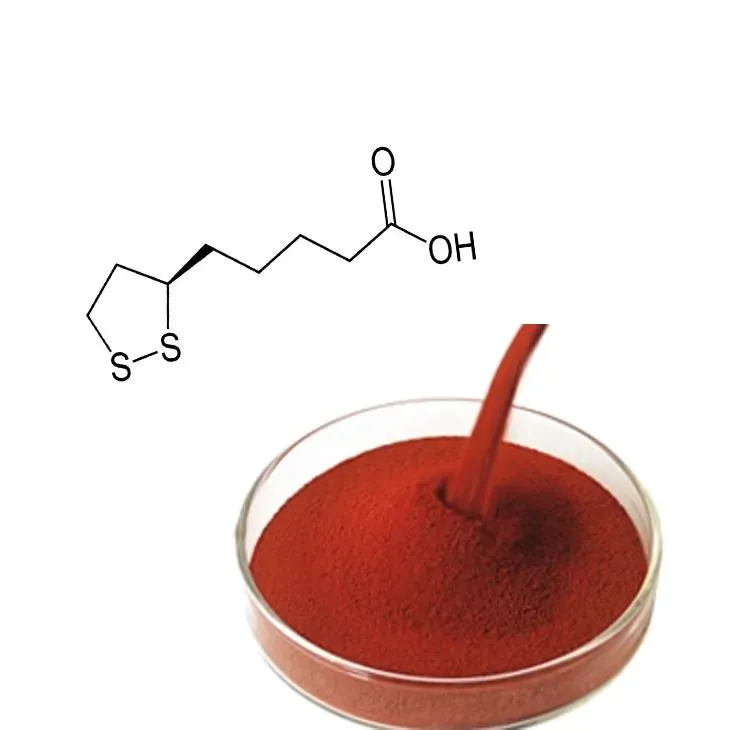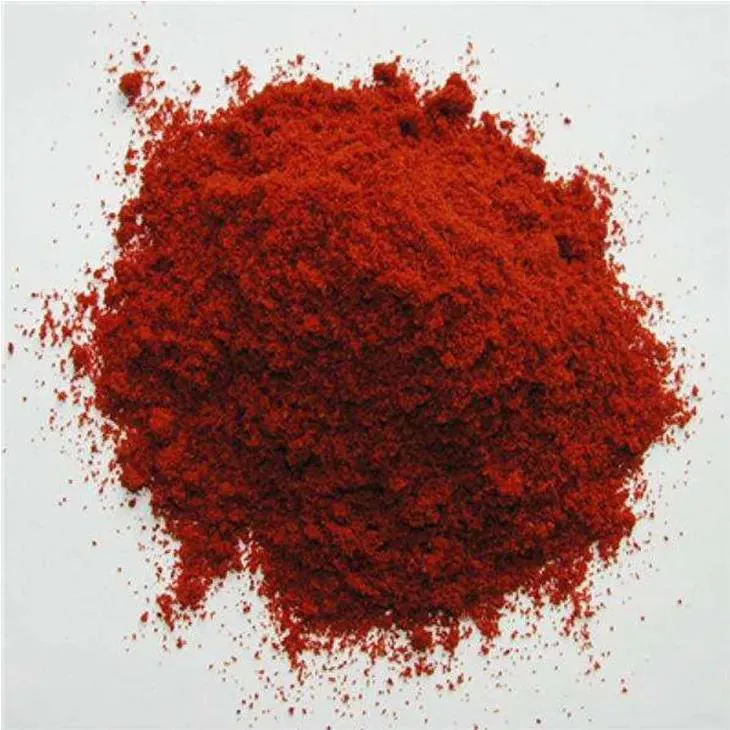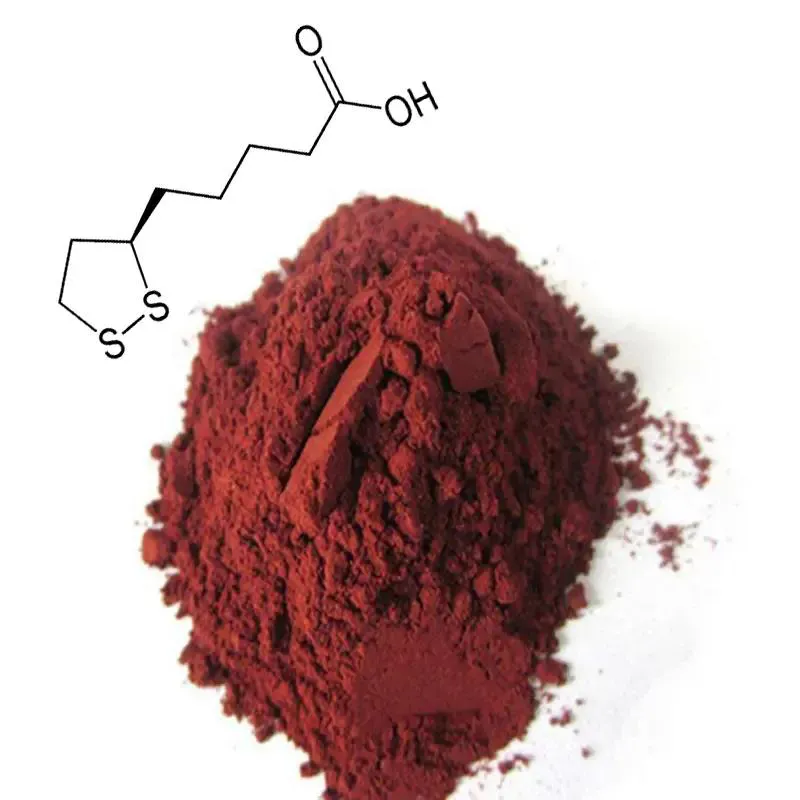- 0086-571-85302990
- sales@greenskybio.com
The extraction process of astaxanthin.
2024-11-30

Cultivation of Astaxanthin - Rich Microalgae
When it comes to the extraction of Astaxanthin from natural sources, the cultivation of organisms rich in Astaxanthin, such as Haematococcus pluvialis, is a crucial first step. This microalgae is a well - known source of astaxanthin. The cultivation conditions significantly impact the astaxanthin content within the microalgae.
Light Intensity
The intensity of light plays a vital role in the growth and astaxanthin production of Haematococcus pluvialis. High - intensity light can trigger the biosynthesis of astaxanthin in the microalgae. However, excessive light intensity may also cause stress to the microalgae, affecting their overall growth and productivity. Therefore, a balance needs to be struck to optimize astaxanthin production.
Temperature
Temperature is another critical factor. Different stages of microalgae growth may require different temperature ranges. Generally, a relatively stable and suitable temperature range promotes the healthy growth of Haematococcus pluvialis and the accumulation of astaxanthin. For example, during the vegetative growth phase, a certain temperature may be optimal, while during the astaxanthin - inducing phase, a different temperature regime might be more conducive to astaxanthin synthesis.
Nutrient Supply
The supply of nutrients is essential for the growth and astaxanthin production of microalgae. Nutrients such as nitrogen, phosphorus, and potassium need to be carefully regulated. Adequate nitrogen supply is important in the early growth stages, but during the astaxanthin - production phase, reducing nitrogen availability can stimulate astaxanthin biosynthesis. Additionally, other micronutrients also play important roles in the overall metabolic processes related to astaxanthin production.

Traditional Extraction Methods
Soxhlet Extraction
Soxhlet extraction has been a traditional and widely - used method for extracting astaxanthin from microalgae. In this method:
- The microalgae are first dried and ground into a fine powder. This step increases the surface area of the microalgae, facilitating better extraction.
- The powdered microalgae are then placed in a Soxhlet apparatus. The Soxhlet apparatus consists of a flask, a condenser, and a siphon tube.
- A suitable solvent, such as hexane or ethyl acetate, is used for the extraction. The solvent is continuously recycled through the apparatus. It vaporizes in the flask, rises up through the condenser, and then drips back onto the microalgae sample. This continuous process helps in gradually extracting the astaxanthin from the microalgae.
- After a certain period of extraction, the solvent containing the astaxanthin is collected, and the solvent is then evaporated to obtain the crude astaxanthin extract.
However, Soxhlet extraction has some limitations. It is a time - consuming process, and it may also require a relatively large amount of solvent. Moreover, the extraction efficiency may not be as high as some modern extraction methods.

Modern Extraction Methods
Microwave - Assisted Extraction
Microwave - assisted extraction is an emerging and more efficient method for astaxanthin extraction:
- Microwave energy is applied to the microalgae sample. The microwaves cause the water molecules within the microalgae cells to vibrate rapidly. This rapid vibration generates heat, which in turn disrupts the cell structure of the microalgae.
- As the cell structure is disrupted, the astaxanthin, which was previously trapped inside the cells, becomes more accessible for extraction. A suitable solvent can then be added to extract the astaxanthin more easily.
- Compared to Soxhlet extraction, microwave - assisted extraction is much faster. It can significantly reduce the extraction time, from hours in Soxhlet extraction to just a few minutes in some cases.
- It also has the potential to use less solvent, making it more environmentally friendly and cost - effective.
Supercritical Fluid Extraction
Another modern extraction method is supercritical fluid extraction.
- Supercritical fluids, such as supercritical carbon dioxide, are used as the extraction medium. Supercritical carbon dioxide has properties that are between a gas and a liquid at specific conditions of temperature and pressure.
- The supercritical fluid can penetrate the microalgae cells more effectively than traditional solvents. It can dissolve astaxanthin and other compounds from the microalgae.
- By adjusting the temperature and pressure, the selectivity of the extraction can be controlled. This means that it is possible to extract astaxanthin with a relatively high purity.
- Supercritical fluid extraction is also a clean technology, as carbon dioxide is a non - toxic and environmentally friendly gas. After the extraction, the carbon dioxide can be easily removed from the extract, leaving behind the astaxanthin - rich fraction.

Purification of Astaxanthin
After the extraction process, the resulting astaxanthin - containing extract is often impure and requires further purification. One of the most common purification methods is high - performance liquid chromatography (HPLC).
Principle of HPLC
HPLC is based on the different chemical properties of astaxanthin and other impurities present in the extract:
- The extract is injected into a column filled with a stationary phase. The stationary phase can be made of various materials, such as silica - based materials.
- A mobile phase, which is a liquid solvent, is then pumped through the column at a constant flow rate. The mobile phase carries the sample components through the column.
- Astaxanthin and the impurities have different affinities for the stationary and mobile phases. Astaxanthin, depending on its chemical structure, will interact differently with the stationary and mobile phases compared to the impurities.
- As a result, the different components in the extract will be separated as they travel through the column at different rates. Astaxanthin will be eluted from the column at a specific time, and it can be collected separately from the impurities.
Benefits of HPLC in Astaxanthin Purification
HPLC offers several advantages in purifying astaxanthin:
- High selectivity: It can effectively separate astaxanthin from a wide range of impurities, ensuring a high - purity product.
- Accurate quantification: HPLC can also be used to accurately measure the amount of astaxanthin in the purified sample, which is important for quality control in various applications.
- Reproducibility: The results obtained from HPLC are highly reproducible, meaning that the same purification process can be repeated with consistent results.
Applications of Purified Astaxanthin
Dietary Supplements
Purified astaxanthin has found significant applications in the field of dietary supplements:
- Antioxidant properties: Astaxanthin is a powerful antioxidant. It can scavenge free radicals in the body, protecting cells from oxidative damage. This antioxidant activity has been associated with various health benefits, such as reducing inflammation, improving skin health, and protecting the eyes.
- Cardiovascular health: Some studies suggest that astaxanthin may have a positive impact on cardiovascular health. It may help in reducing blood pressure, improving lipid profiles, and preventing the oxidation of low - density lipoprotein (LDL) cholesterol.
- Immune system support: Astaxanthin may also play a role in enhancing the immune system. It can modulate the immune response, making the body more resistant to infections.
Aquaculture Feeds
In the field of aquaculture, astaxanthin - enriched feeds are widely used:
- Coloration of fish and crustaceans: Astaxanthin is responsible for the characteristic pink or red color of many fish and crustaceans, such as salmon and shrimp. Adding astaxanthin to aquaculture feeds enhances the coloration of these organisms, making them more marketable.
- Health and growth promotion: Astaxanthin also has beneficial effects on the health and growth of fish and crustaceans. It can improve their immune function, enhance their resistance to diseases, and promote better growth rates.
FAQ:
1. What are the important factors in the cultivation of Haematococcus pluvialis for astaxanthin extraction?
Light intensity, temperature, and nutrient supply are important factors in the cultivation of Haematococcus pluvialis for astaxanthin extraction. These factors can influence the astaxanthin content in the microalgae.
2. What is Soxhlet extraction in astaxanthin extraction?
Soxhlet extraction is a traditional method in astaxanthin extraction. In this method, the microalgae are placed in a Soxhlet apparatus and continuously extracted with a suitable solvent.
3. How does microwave - assisted extraction work in astaxanthin extraction?
Microwave - assisted extraction uses microwave energy to disrupt the cell structure of the microalgae in astaxanthin extraction. This disruption accelerates the extraction process.
4. Why is purification necessary after astaxanthin extraction?
After extraction, the resulting astaxanthin - containing extract is often impure. Purification is necessary to separate astaxanthin from other impurities so that it can be used in dietary supplements, aquaculture feeds, and other applications.
5. How does high - performance liquid chromatography (HPLC) purify astaxanthin?
High - performance liquid chromatography (HPLC) purifies astaxanthin by separating it from other impurities based on their different chemical properties.
Related literature
- Astaxanthin: Sources, Extraction, Stability, Biological Activities and Its Commercial Applications"
- "Advances in Astaxanthin Extraction from Microalgae: A Review"
- "Efficient Extraction and Purification of Astaxanthin from Natural Sources"
- ▶ Hesperidin
- ▶ citrus bioflavonoids
- ▶ plant extract
- ▶ lycopene
- ▶ Diosmin
- ▶ Grape seed extract
- ▶ Sea buckthorn Juice Powder
- ▶ Beetroot powder
- ▶ Hops Extract
- ▶ Artichoke Extract
- ▶ Reishi mushroom extract
- ▶ Astaxanthin
- ▶ Green Tea Extract
- ▶ Curcumin Extract
- ▶ Horse Chestnut Extract
- ▶ Other Problems
- ▶ Boswellia Serrata Extract
- ▶ Resveratrol Extract
- ▶ Marigold Extract
- ▶ Grape Leaf Extract
- ▶ blog3
- ▶ blog4
-
The Pure Astaxanthin Most Worth Buying.
2024-11-30
-
Nature's Bounty Nettle Leaf Extract.
2024-11-30
-
Super Essence of Natural Lotus Leaf Extract.
2024-11-30
-
Chinese Sea - buckthorn Oil Manufacturers.
2024-11-30
-
The best organic L - arginine.
2024-11-30
-
How to make powder from yam extract?
2024-11-30
-
Beetroot Powder
2024-11-30
-
Acai Berry Extract
2024-11-30
-
Resveratrol extract
2024-11-30
-
Eyebright Extract
2024-11-30
-
Lemon Balm Extract
2024-11-30
-
Marigold Extract
2024-11-30
-
Acerola Extract
2024-11-30
-
Bamboo Leaf extract
2024-11-30
-
Phellodendron Extract
2024-11-30
-
Wheat Germ Extract
2024-11-30





















